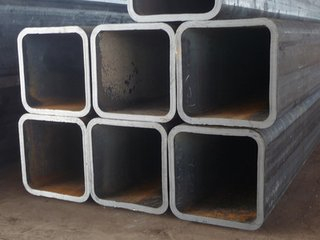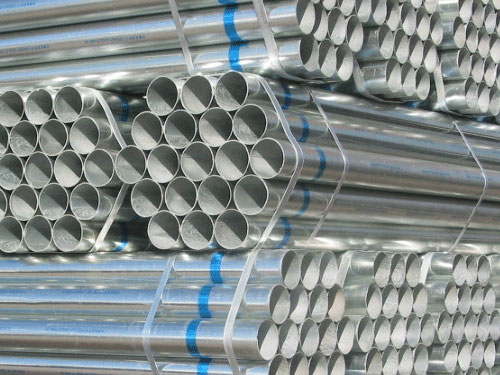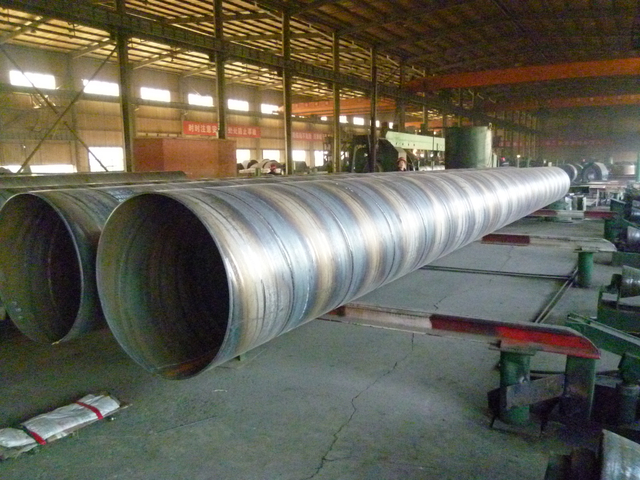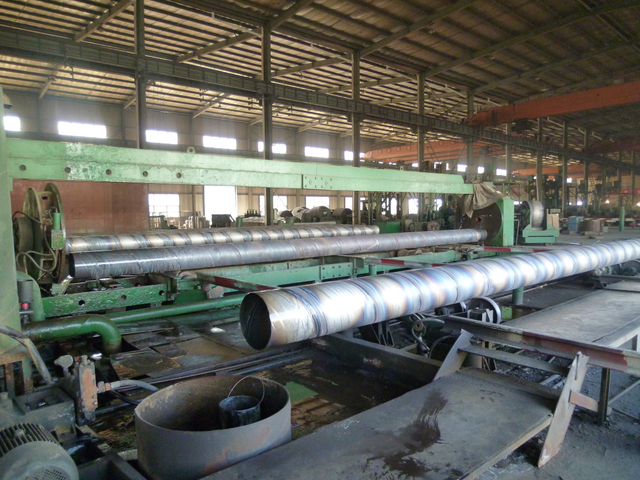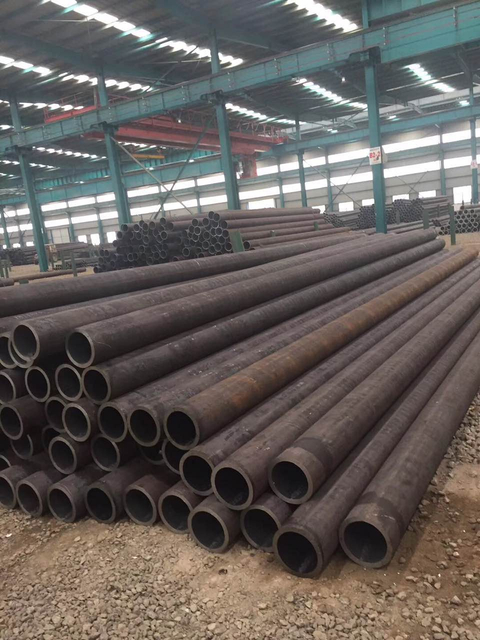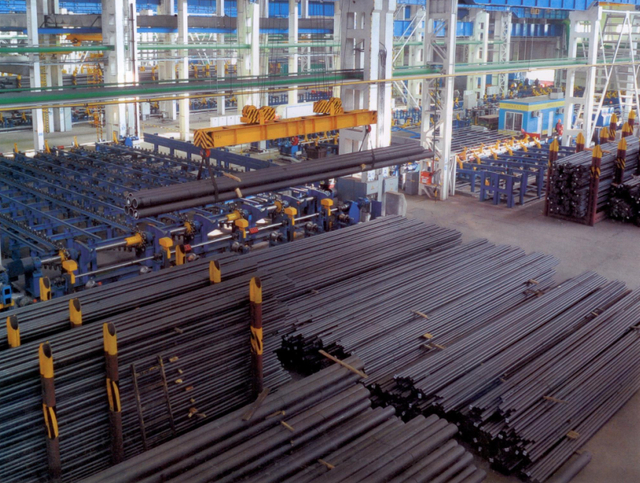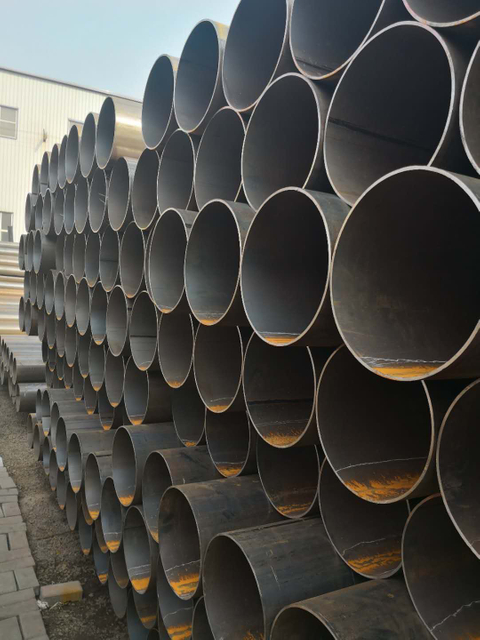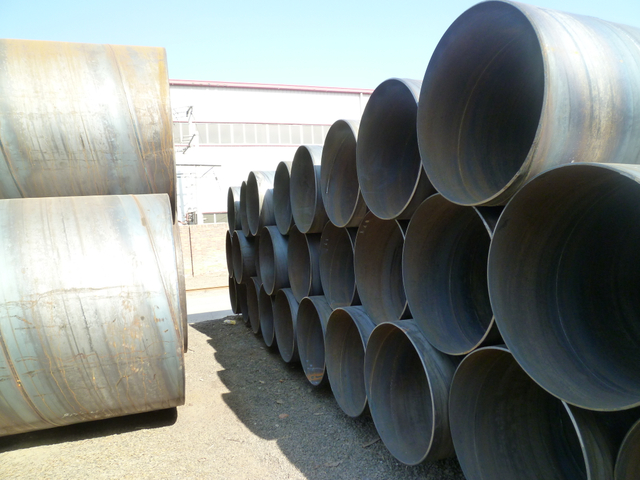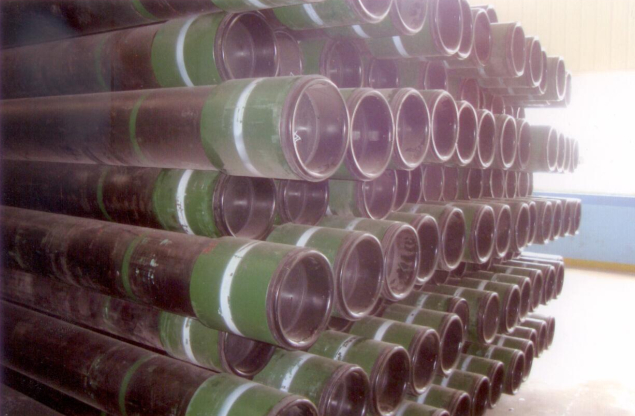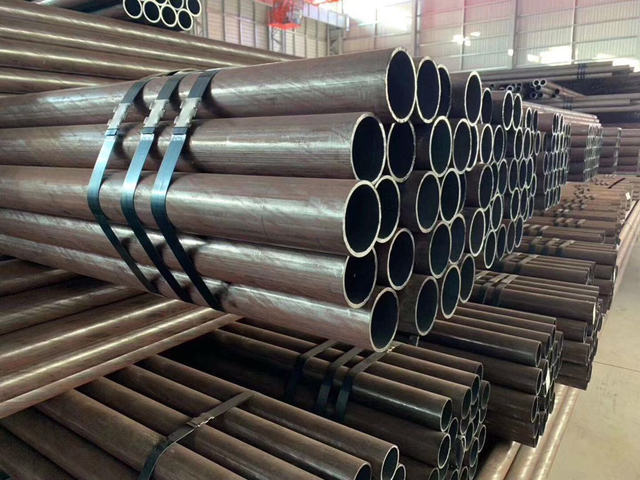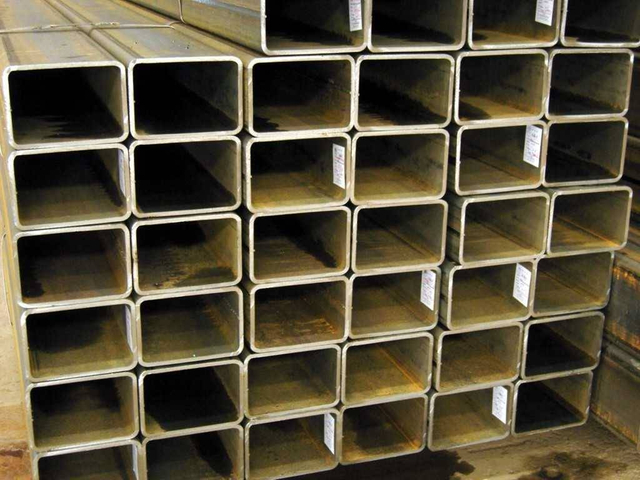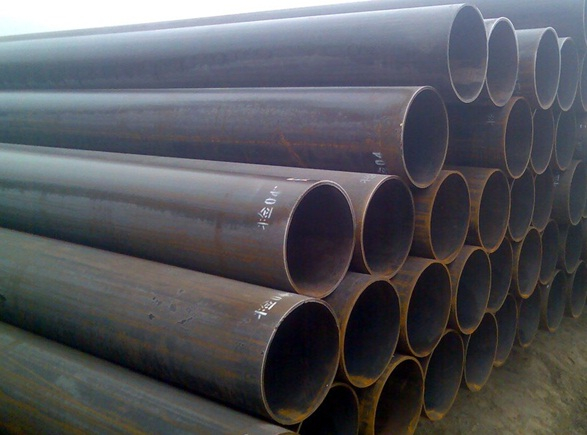Views: 0 Author: Site Editor Publish Time: 2023-06-19 Origin: Site








Understanding the Significance of Galvanized Steel Pipe Weight: Things to Take into Account
Galvanized steel pipes boast remarkable properties such as durability, corrosion resistance, and cost-effectiveness, which is why they are widely used in various industries. However, when getting into any project involving these pipes, one should be clear about the galvanized steel pipe weight and its implications. Therefore, this article will go over the weight element of this material and the factors that help establish it.
The heaviness of a galvanized steel pipe makes an enormous difference in its sturdiness and strength. In any builds, water supply systems, or various applications that require a certain measurement of load-bearing capacity, the weight of the pipe is a major component for determining stability. Precisely speaking, the mass of the pipe is in close relationship to its radius and thickness – two significant factors when estimating its stoutness.
When discussing galvanized steel pipe weight, an important factor is the weight of the zinc coating. This protective layer, which guards against corrosion, is usually measured in ounces per square foot and increases the overall weight proportionally to its thickness. The thicker the zinc coating, the higher the total weight of the pipe.
When it comes to the weight of galvanized steel pipes, there is a wide range to consider. Depending on the size and specifications, each pipe may weigh anywhere from several kilograms per meter for smaller pipes to several kilograms for larger ones. Calculating the weight of pipes is of utmost importance, as this determines if the pipe can handle the load it was designed for, and meet all project requirements effectively.
Estimating the weight of galvanized steel pipes is possible by utilizing particular equations and formulas. A well-recognized calculation is based off the steel density, diameter, and the pipe's thickness. Executing this formula provides an approximation of the weight per meter, or alternatively the weight per foot when measuring in a different unit.
The weight of galvanized steel pipes is affected by multiple variables, namely the wall thickness, diameter, and length. A thicker wall equals to a heavier pipe since more material is used, reinforcing the idea that a larger diameter also contributes to an increase in weight. The size of the pipe cannot be left out of consideration either - a longer galvanized steel pipe will weigh more due to the larger amount of material necessary for its production.
When planning any endeavour, it is pertinent to factor in the heft of galvanized steel pipes. Should one neglect to take into account this detail, it could lead to structural deficiencies, accelerated corrosion, and a heightened risk of safety risks. To make sure no issues arise during installation or transport, every precaution should be taken to plan and implement efficient and effective strategies for handling the pipes' weight.
A thorough comprehension of the weight of galvanized steel pipes is essential in the assessment of their uses across a variety of industries. This weight contributes to the pipe's strength and tensile strength, thus determining its reliability and durability. By calculating and taking into account the burden-bearing properties correctly, professionals such as engineers and project managers can guarantee that steel pipes can be successfully incorporated in any infrastructure or building construction.
